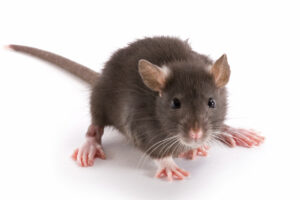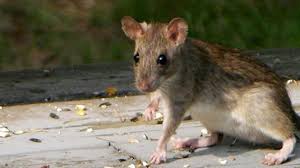Why Rodents Continue to Threaten Commercial Facilities
The threat presented by rodents to commercial facilities continues to rise. Rodent droppings and urine can trigger allergies and asthma; contaminate food, food preparation surfaces and equipment; and spread harmful bacteria including E. coli and salmonella. Rodents can also chew through wood, drywall, electrical wiring increasing the risk for fires, as well as packaging and finished goods
Why does the rodent threat continue to persist? One of the lasting impacts of the pandemic has been its impact on rodent behavior. When businesses were closed or had reduced hours, rodents had the ability roam ‘freely’ inside as they were not threatened or bothered by humans. This allowed them to breed without restriction and that led to increased populations.
As a result of more mouths to feed, rodents have become more aggressive in foraging for food. That has led them to seek access to commercial properties in search of food, water and shelter.

The most effective course of action is working with your pest management service provider to design and implement an effective rodent exclusion program.
Property managers and business owners would be wise to safeguard their facilities against growing rodent populations this fall.
Sprague’s service footprint stretches from the Canadian border to the Mexican border, and includes a varied rodent population including roof, Norway and pack rats, and house and field mice. Each of these species is different in their behaviors and habitats but the common thread is that they all can be a threat to commercial properties.
Exclusion Is the Strongest Approach
The most effective course of action is working with your pest management service provider to design and implement an effective rodent exclusion program. If rodents can’t get inside your facility, you have checked off an important box in the fight against them.
A rodent exclusion program is based on integrated pest management (IPM) principles and can be applied to any commercial account from a multi-acre food processing or distribution plant to a restaurant or office building.
The key elements of an effective rodent-exclusion program include:
- Using quality exclusion materials installed by a trained professional or you will be wasting your time and money.
- Inspect and seal all rodent pathways entering or connecting to structures at ground level, below ground and above ground.
- Make sure overhead loading dock and entry doors have sturdy weather-stripping installed to deny rodents access.
- Keep the landscape around your facility to a minimum and well-maintained. Overgrown shrubs and grass provide the perfect cover for rodents looking for a way in.
- Don’t underestimate a rodent’s ability to gain access to a building; a mouse only needs an opening of a ¼ inch to make their way inside.
Rodent exclusion, however, is not limited to structural repairs. It starts on the loading/receiving dock with a thorough inspection of incoming shipments.
Rodents, especially mice, will often ‘Trojan horse’ their way inside a facility inside finished and unfinished goods and packaging with little fanfare. This can lead to unpleasant surprises for facilities when they or their clients discover damaged packaging or droppings in a pallet, inside the housing of food processing equipment or on the floor underneath a food preparation area.
For more information on how Sprague Pest Solutions can design and implement an effective rodent management program for your commercial property, call 855.805.0755.

